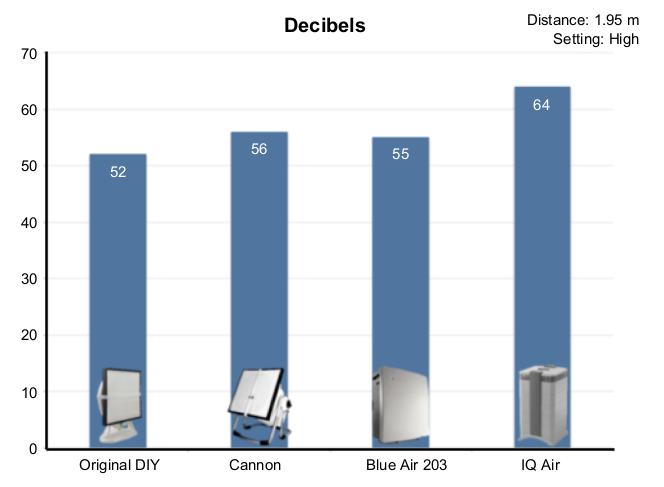To be a leader in indoor air quality and energy efficiency, BuildingLens closely tracks research in these areas. A recent study by Harvard’s Healthy Buildings Program caught our attention. Teaming with University of Hawai’i at Manoa to provide culturally relevant approaches, they will study the long-term health impacts of wildfire-related pollutants in homes following the devastating Maui wildfires.
These wildfires not only caused physical destruction but also left a lasting impact on the air quality within homes. The Harvard study aims to assess the indoor concentration of pollutants like particulate matter and chemical gases from everyday items (aka VOCs) and from being burned incompletely (aka PAHs). Understanding these impacts will inform how we address indoor spaces after the wildfire smoke is gone.
One key aspect of the Harvard study is data on how well portable air cleaners (PACs) reduce air pollution. Harvard’s research of these DIY solutions found they are quieter compared to manufactured air filters. This reduces the likelihood of being turned off due to noise, which was common in classrooms during the early days of the COVID pandemic. They offer a few variations on the DIY box fan air filters we promoted in a previous blog (where we reported that DIY PACs work just as well as some more expensive manufactured models).
Let BuildingLens Advance
Your Building Acumen Today.
We agree with some practical steps that Harvard suggests you can take:
- Selecting Appropriately Sized PACs: Use tools like the Portable Air Cleaner Sizing (PACS) to choose the best air cleaner for your space. This ensures efficiency in pollutant removal.
- Building Your Own Air Cleaner: For a cost-effective solution, consider DIY air cleaners. The Harvard study shows how to build quiet, affordable ones.
- Understanding Maintenance: Post-wildfire, replace air filters. Wildfires can severely impact how well filters work. Timely replacement will maintain good indoor air quality.
At BuildingLens, we will track this study (and plenty more) science-based innovations to keep our clients informed and prepared. The Harvard study will be vital to understand the long-term effects of wildfires on indoor air quality. It’s not just about immediate response; it’s about ongoing vigilance and adaptation.
The Maui wildfires have been a stark reminder of the importance of being prepared. Stay informed, stay prepared, and remember that the air you breathe is as important as the building you live in. BuildingLens is here to help guide you to create and maintain healthy indoor spaces.
